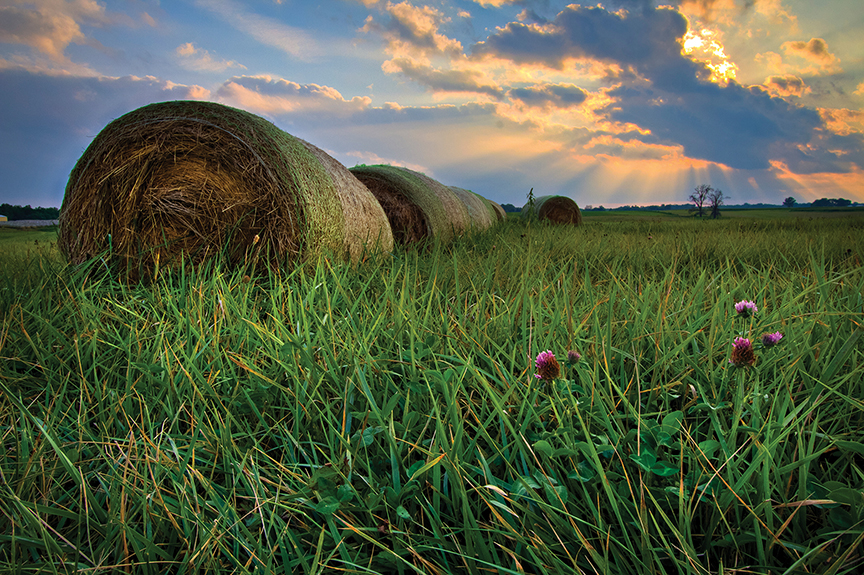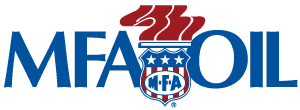
Mowing Hay Low May Cost Money, Time
June 20, 2023
Written By Linda Geist
There are many reasons to avoid cutting low when mowing hay, but money is the main one, said University of Missouri Extension agronomist Tim Schnakenberg.
Schnakenberg recommends a height of 4 inches for cool-season grasses like tall fescue, bromegrass, orchardgrass and Timothy and 8 inches for native warm-season grasses. Typically, legumes such as alfalfa and clover may be cut lower. It is important to cut cool-season grasses before seed heads develop, if weather permits.
Too often, the first cut of hay is too low, he said. That sets the stage for the season’s growth and beyond. Hay mowed too low likely will result in thin stands over time. Low-mowed pastures may need renovation or planting, resulting in extra expense.
When you cut too low, you’re getting the worst of the plant because the lowest-quality forage is at the base of the plant, Schnakenberg said. The lowest 2 inches also contains the most endophytes, putting livestock at risk in toxic Kentucky 31 fescue fields.
There is an estimated 100-150 pounds of forage per acre-inch near the base of the plant. Lowering a cutter from 4 inches to 2 inches only gains about 200-300 pounds more forage in the bale. “As a result, there is only a small amount of gain in tonnage, but it comes at a significant price,” he said.
Mowing low also puts your equipment at risk. Blades are more likely to come into contact with soil, gravel and rocks. This leads to more grit and dirt in the hay, which lowers digestibility and intake by the animals. “Mowers were never intended to be a ground contact tool,” Schnakenberg said.
Plants need residual leaves to absorb the sun. When leaf-to-stem ratio is too low, plants must rely on their root systems for regrowth. When leaves are cut too short and too often, roots die back because there is not enough photosynthesis to feed them. Strong root systems are especially important during dry periods. Also, when too much of the canopy is removed, more soil and the crown of the plant are exposed to the sun.
Scalping forages can push back regrowth two weeks. “This is a two-week loss of the growing season,” Schnakenberg said.
Low cutting also is a missed opportunity for better hay drying. Forage laid out on high stubble receives better air circulation below the windrows instead of direct contact with moist soil.
Cutting hay is not without its drawbacks, but they are few, said Schnakenberg. There might be minor tonnage losses, and mowing equipment may not work as well and leave behind a tattered field.
A common question is how to cut a crop high with modern hay cutting equipment.
“There is no doubt we have much better technology than ever before in harvesting equipment, and speed of harvest has been the greatest advantage compared to prior generations of equipment,” he said. “Hay producers should consider setting up skid shoes on disc mowers. These could be fabricated if necessary. Hydraulic cylinder stops are also a possibility on some equipment.”
For more information, see the MU Extension publication “Making and Storing Quality Hay” at www.extension.missouri.edu/g4575 or consult your local MU Extension agronomist.

